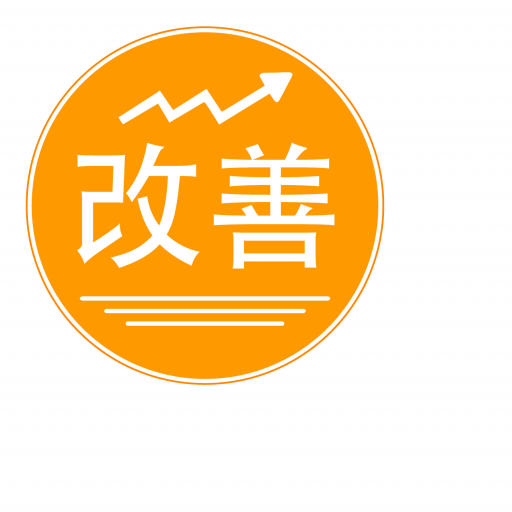Discover the importance of organizational alignment and agility in this blog post. Learn how establishing a strong CORE and building a strategy around it can lead to sustainable growth and success. Find out how alignment and agility empower your organization to thrive in an ever-changing business landscape.

Becoming Famous in Your Niche: The Success Story of Linn Products Limited
In a previous discussion, I highlighted the importance of being famous for something. Being well-known in your niche can help you:
- Concentrate on your strengths
- Connect with your target audience
- Communicate your offerings more effectively
- Receive referrals
- Identify your core customers
While Apple and Tesla are examples of large companies achieving fame, small businesses can attain similar success by carefully defining their niche. A prime example is Linn Products Limited, a small Scottish engineering company that manufactures high-quality audio equipment.
The Origins of Linn’s Fame
Linn Products gained fame with its first offering, the Linn Sondek LP12 turntable, introduced in 1973. The company’s logo represents the ‘single point’ bearing, which was the LP12’s unique selling point. The turntable’s impact on the industry has been enormous, with accolades from Hi-Fi Choice and The Absolute Sound, and it remains a reference turntable for hi-fi reviewers.
The Linn Philosophy and Its Tribe
The company’s founder, Ivor Tiefenbrun, established a philosophy centered on the source’s importance in the reproduction of hi-fi music. This “Linn way” has attracted a dedicated tribe of customers and followers, called “Linnies,” who believe in and support the company’s approach.
Technological Excellence and a Commitment to Innovation
Linn Products has maintained its reputation for excellence through constant technological advancements. The company invests 10-20% of its revenue in R&D to remain at the forefront of the industry.
Embracing Digital Technology
In 2007, Linn Products shifted its focus to digital music playback, supporting 24bit/192 kHz studio master-quality recordings using digital streaming over a home network. The company has since introduced various digital streamers and has been awarded Label of the Year by Gramophone magazine for its commitment to improving the recording process and distributing music online at studio master quality.
Exact Technology: Eliminating Music Loss
In 2013, Linn Products launched Exakt technology to eliminate sources of music loss inherent in analog hi-fi chains. By keeping the 24-bit lossless signal in the digital domain until the latest possible stage, Exakt technology minimizes signal loss.
The LP12: Still Going Strong
The Sondek LP12 turntable continues to thrive, benefiting from the resurgence of vinyl. Linn has continually improved the LP12’s sound quality through retrofittable upgrade kits.
How Linn Retains Its Tribe and Creates Stickiness
Linn has kept its followers engaged by staying consistent in its philosophy, providing a range of products with clear upgrade paths, offering product upgrades, and moving with the times. The company has also increased the stickiness of its products through software upgrades and integration, similar to Tesla.
The Benefits of Being Famous
Linn’s fame has helped the company become renowned for producing excellent hi-fi equipment through engineering excellence. With a dedicated tribe of followers, Linn focuses on selling value and maintaining a low-volume, high-margin strategy.
Emulating Linn’s Success: Find Your Fame
If Linn, a small Scottish company, can achieve fame in its niche, so can you. Start by identifying your “why” and determine what you can be the best in the world at. You can achieve greatness in your niche with focus and dedication, just like Linn Products Limited.
If you need help finding your path to fame, don’t hesitate to contact me.
Copyright (c) 2021, Marc A. Borrelli
Recent Posts
Align and Thrive: The Importance of Organizational Alignment and Agility
How to Achieve Smart Time Management: 10 Tips for Busy Professionals
When you are a busy professional running your own business, it can often feel like there aren’t enough hours in the day to accomplish everything. Being strategic with your time is the best (and possibly the only) way to achieve all of your daily tasks. If you are...
5 Strategic Leadership Skills Every Manager Needs
So often, people view leadership as a talent: you’re either born with this quality or you’re not. However, this is not always the case! In reality, good leadership is made up of skills, and anyone can learn how to improve. Some people may pick up leadership attributes...
How the Sellability Score is Calculated: The Ultimate Guide
Do you have questions about how to calculate your business’s sellability score? Whether you’re looking to sell your business in the near future or years from now, understanding your sellability score will help you thrive. The sellability score identifies the...
The Top 5 Benefits of the Entrepreneurial Operating System
As an entrepreneur running your own business, you know there are bumps in the road and struggles that both you and your business will face over time. However, with the right people and tools at your disposal, you can anticipate what’s coming, plan for it, and continue...
5 Ways to Use Email Automation to Boost Traffic
Every single business in the world wants to evolve and grow. This will happen using a variety of techniques and strategies. In 2022, digital marketing is more than a household name, and most companies will adopt at least a few ideas when long-term planning and coming...
6 Questions To Ask A Potential Business Coach Before Hiring Them
Many entrepreneurs consider executive business coaching when they start struggling on their professional path. A small business coach is an experienced professional mentor who educates, supports, and motivates entrepreneurs. They will listen to your concerns, assess...
3 Ways Proper Long Term Strategic Planning Helps Your Business
Dreams turn into goals when they have a foundation of long-term strategic planning supporting them. They become reality when the ensuing strategic implementation plan is executed properly. With Kaizen Solutions as their strategic planning consultant, small and...
What is a Peer Group, and How Can it Improve Your Career?
If you are a CEO or key executive who has come to a crossroads or crisis in your career, you'll gain valuable insights and solutions from a peer group connection more than anywhere else. But what is a peer group, and how can that statement be made with so much...
Profit and Revenue are Lousy Core Values
As I mentioned last week, I am down with COVID and tired, so spending more time reading rather than working. I read Bill Browder's Freezing Order this weekend, and I highly recommend it. However, at the end of the book, Browder says that oligarchs, autocrats, and...










